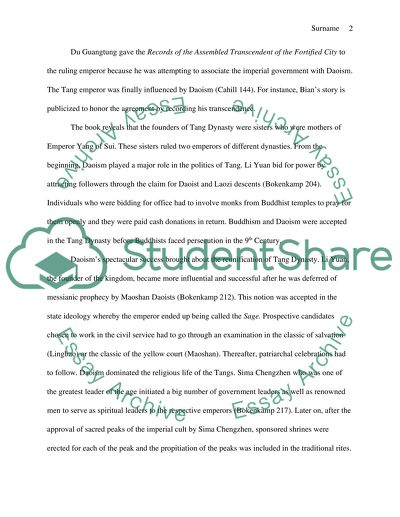Cite this document
(“Daoism Essay Example | Topics and Well Written Essays - 2500 words”, n.d.)
Daoism Essay Example | Topics and Well Written Essays - 2500 words. Retrieved from https://studentshare.org/history/1633523-daoism
Daoism Essay Example | Topics and Well Written Essays - 2500 words. Retrieved from https://studentshare.org/history/1633523-daoism
(Daoism Essay Example | Topics and Well Written Essays - 2500 Words)
Daoism Essay Example | Topics and Well Written Essays - 2500 Words. https://studentshare.org/history/1633523-daoism.
Daoism Essay Example | Topics and Well Written Essays - 2500 Words. https://studentshare.org/history/1633523-daoism.
“Daoism Essay Example | Topics and Well Written Essays - 2500 Words”, n.d. https://studentshare.org/history/1633523-daoism.


